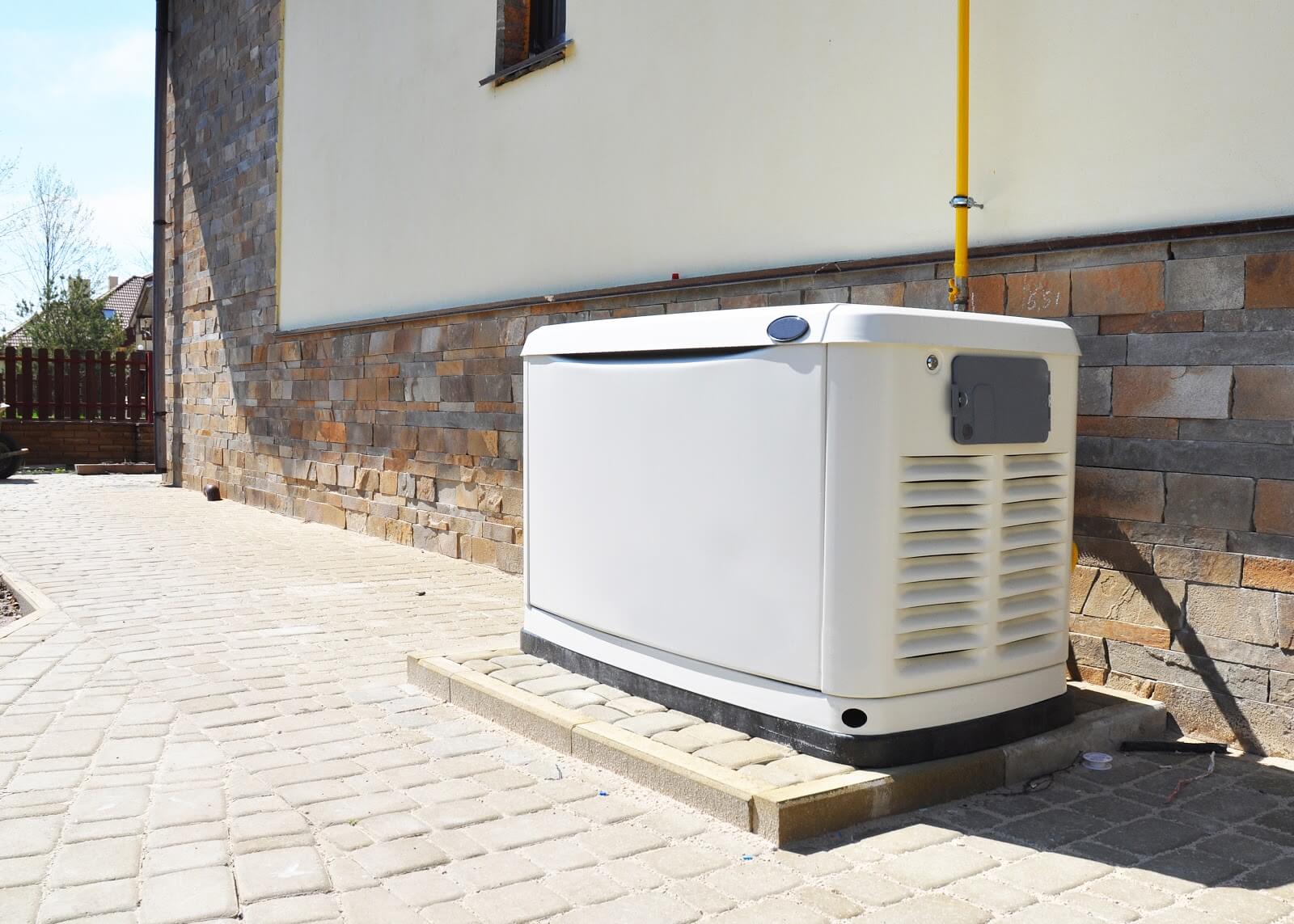One of the fears people have when away on vacation is the nightmare of coming home to find out the power was out for a few days, and the food you’d left in your fridge and freezer has spoiled. There’s also the situation when a big storm rolls in and knocks out the power grid. If it’s winter outside, and you don’t have non-electric heating, you’re in for a rough time. To try and avoid situations like these people have invested in backup generators. It is a great investment for your home, and selecting one can be a lot easier then some people think it is.
When you’ve decided that a generator is what you need, you first have to determine a few things. How much do you intend to power? A single fridge has vastly different power requirements than an entire house. That will then point you towards what size of generator you’ll need.
Choosing Your Backup Generator Type
Determine Power Requirements
First things first: what are your power requirements? Not every generator is meant to power an entire house, and a large generator is not necessarily what you need if you only intend to power a tea kettle. Take a moment and think about what exactly you want or need it to do for you.
To determine buy testosterone cypionate online with credit card exactly what you need, go around the house and write down the watts for every piece of equipment you intend to power. Everything should have a label on it somewhere with this information, or you can surely find it in the instruction manuals. If you’re the type of handyperson who throws the manuals away, and there are no stickers, try searching the make and model online for the necessary information. Once everything has been recorded, add everything up for the total wattage. You now know your power requirements!
Generator Sizes
Your power requirements will directly impact what size you’ll need. Fortunately there is a size for whatever your needs are.
Recreational Inverter: Up to 2000 watts
This is the lightest generator on the market. They are highly portable and easy to store when not in use. There’s no need for any kind of installation due to their small size, so getting it up and running is fast. It’s small size does mean you are limited in what you can power though, a couple lights, maybe a fridge, or mobile device charging is about all you’ll get out of it. Don’t even think about hooking it into a circuit breaker panel.
Mid Sized Inverter: Up to 3500 watts
Larger and more powerful, mid sized units and keep a fridge and lights going from 8 to 18 hours. They maintain a lightweight design for easy transportation and storage. Their efficient fuel usage gives them their ability to run for long hours without costing you a fortune in gas. Unfortunately like their smaller cousins, they do limit you and what you can actually power. Heating and water pumps are well beyond the abilities of this unit.
Portable Generator: Up to 7500 watts
These typically offer the best value of cost vs power output. As the name implies they are still portable, with wheels, a handle bar, and sometimes a trailer hitch built in. The space requirements for them are larger of course, but they can still be put in the corner of the garage with a bit of arranging. Power wise your options are greatly expanded, some models put out enough juice to run an entire home and be patched into the circuit breaker panel. The fuel usage on these units is not the best, typically only running on gasoline, and they must have some protection from the elements when in use. Noise can also be an issue at times.
Large Inverter: Up to 7500 watts
Very similar to the portable generator in power output and sizing. These units are way more fuel efficient and a lot quieter. These typically won’t run on propane or natural gas, so you will need to keep stabilized gas on hand. Power output is steady so you should have no issues with hooking up sensitive electronics to it.
Home Standby Generator: Up to 20000 watts
The big ones. These are permanently installed outside near your house and are designed to kick in automatically during a power outage. The power output is enough to run everything in your home: lights, fridge, heating, water pumps, etc. Many fuel options are open to you now. You could tap directly into the natural gas, or choose propane instead. Should diesel be your thing then you can do that as well!
They are naturally more expensive of course, the cost of installation can be substantial. Due to their permanent nature you would be forced to leave it behind during an evacuation, and they can’t be installed in low-lying areas or floodplains. The greatest advantage is once it’s installed you won’t have to fiddle with cables or flipping switches when you need power, it’ll kick on by itself.
It’s Your Choice
At the end of the day what you need is your choice. There are options out there for whatever it is you need. There’s no need to be left in the dark and cold any more.

